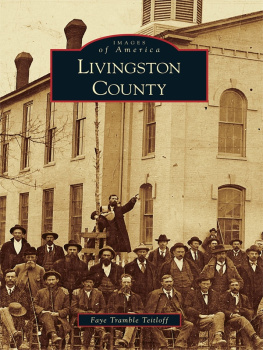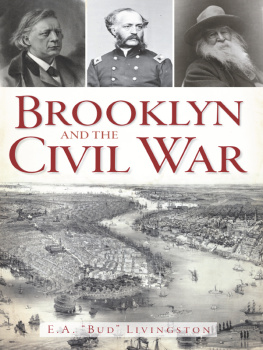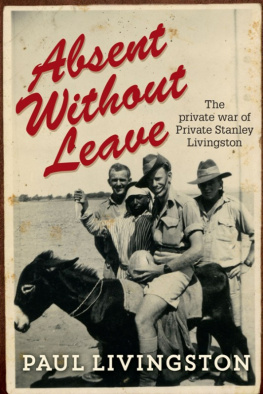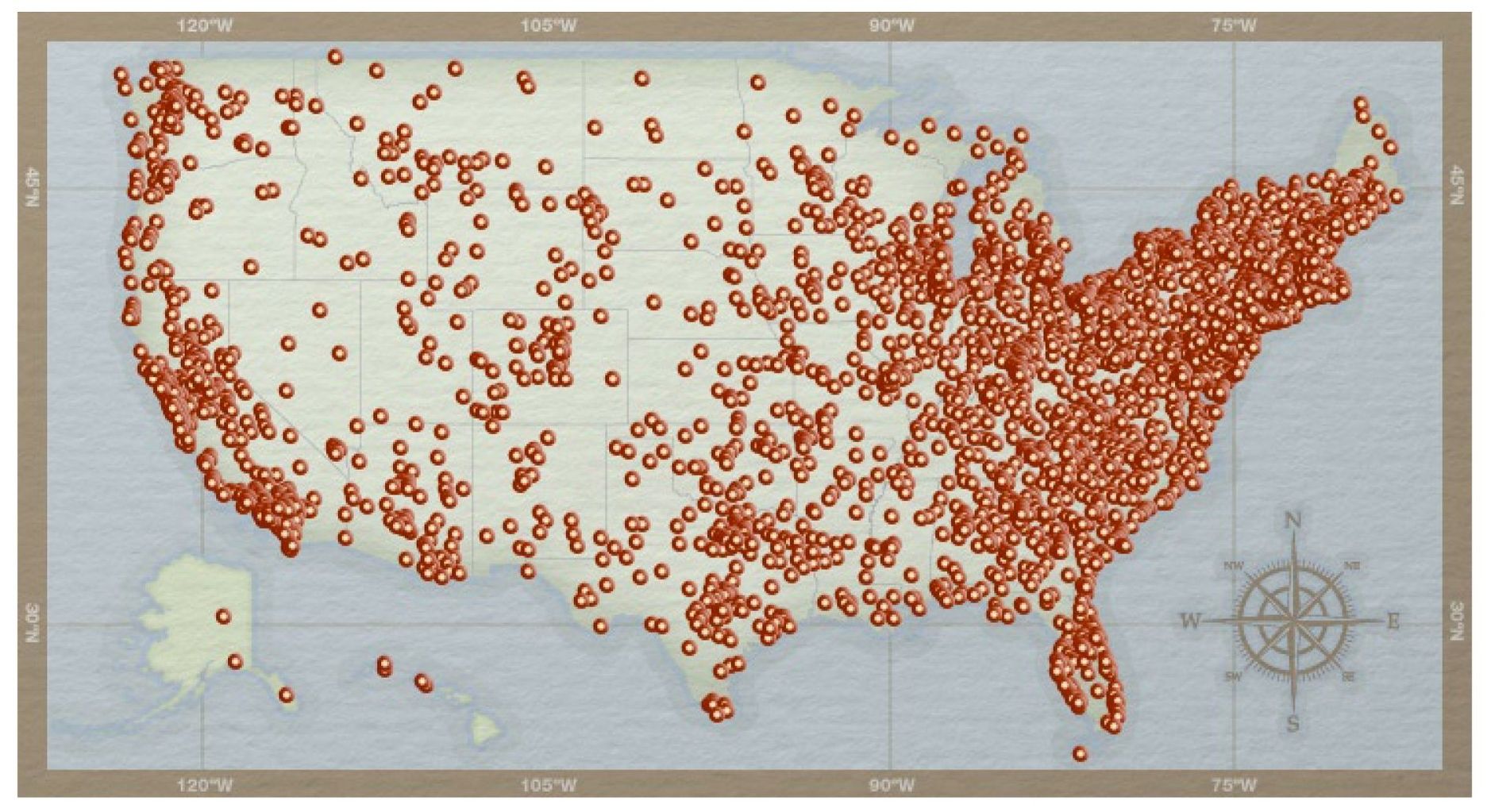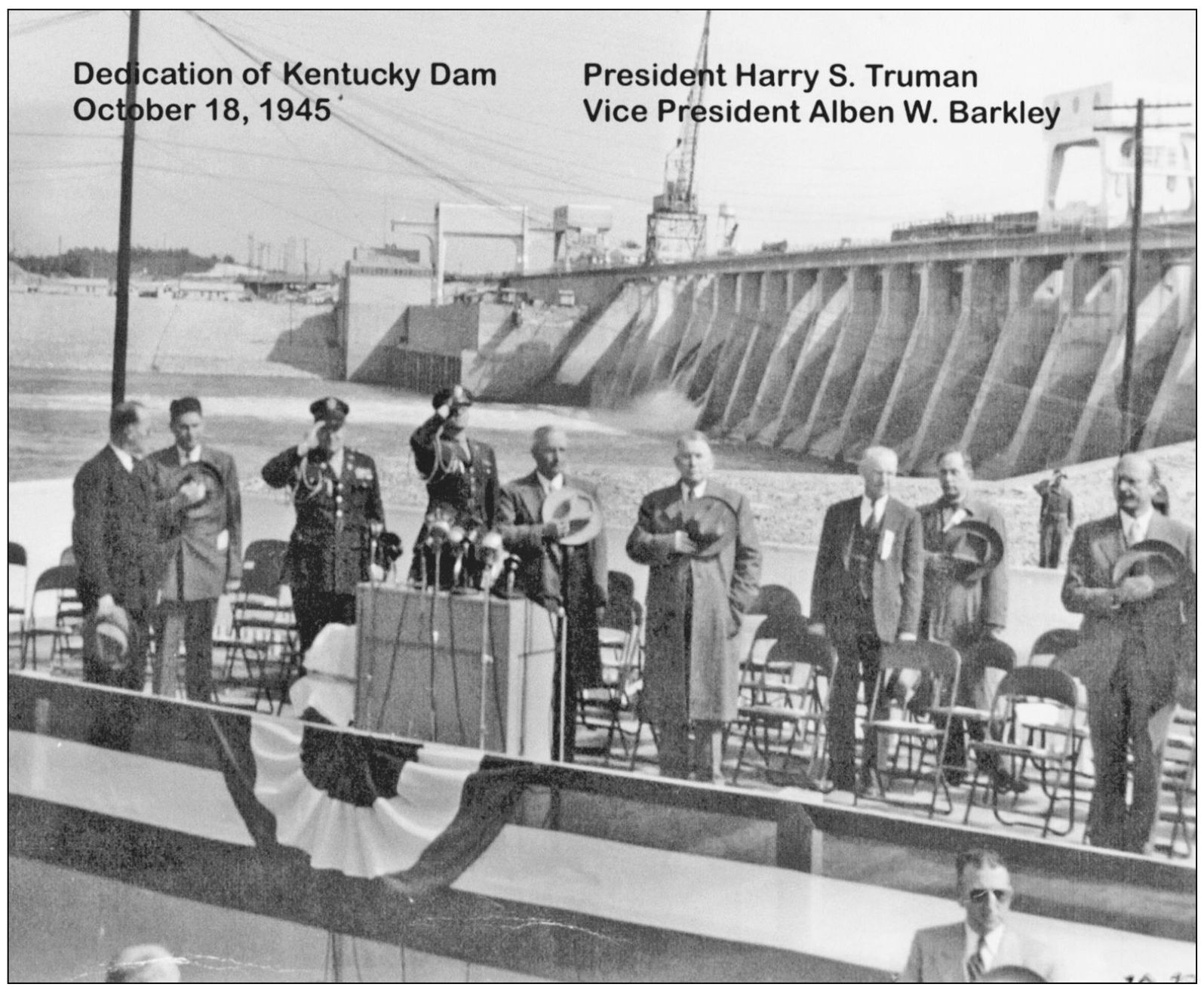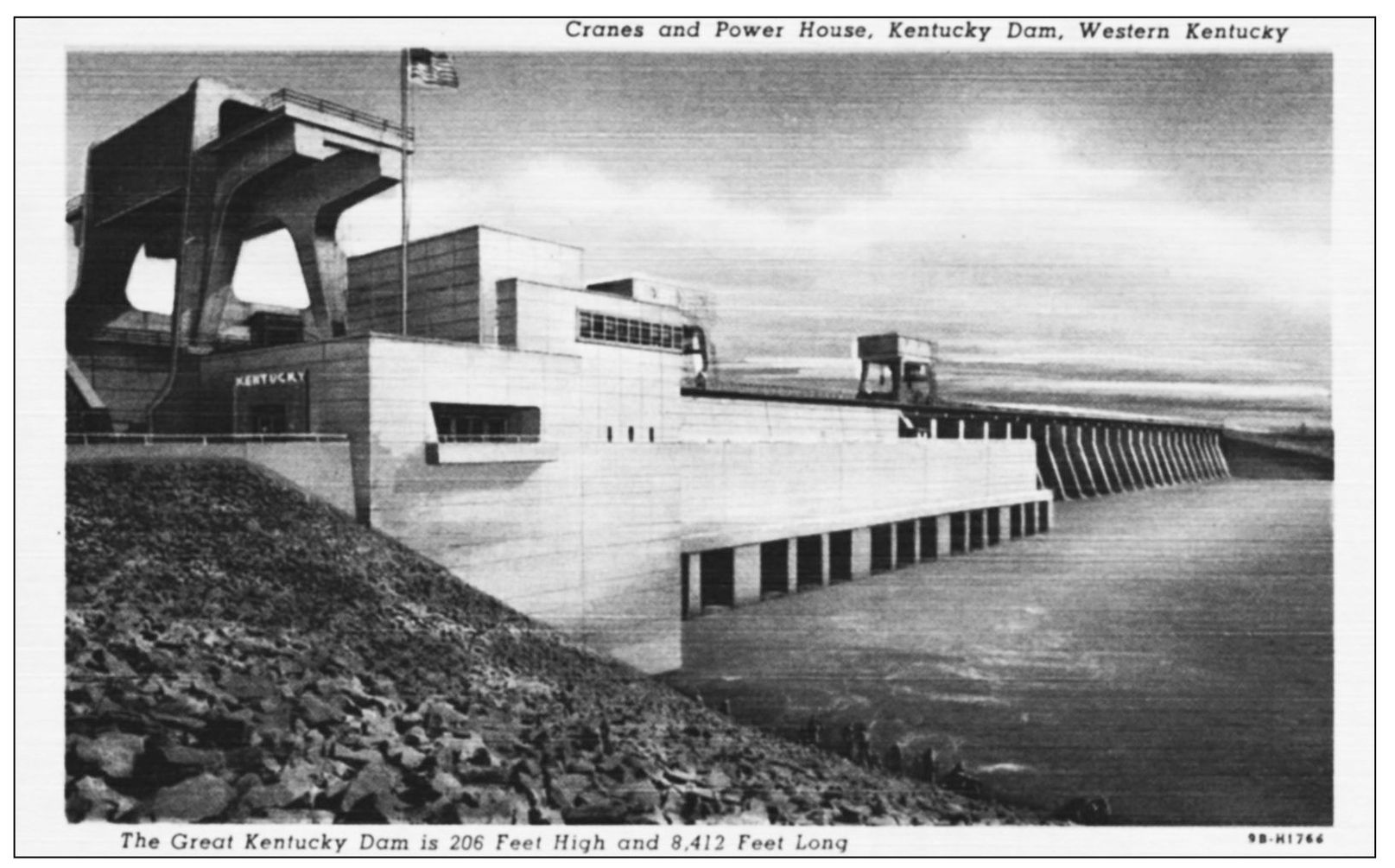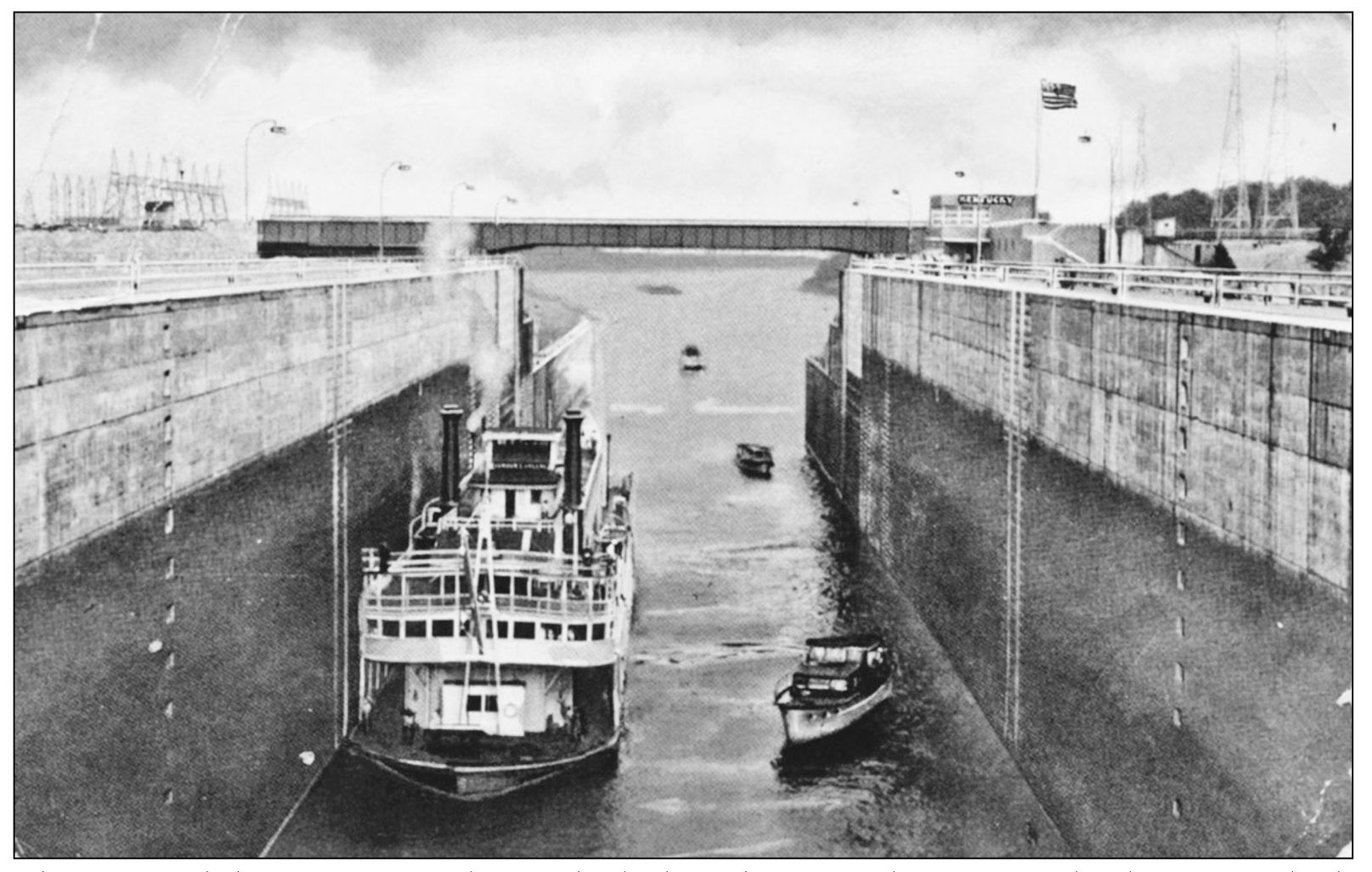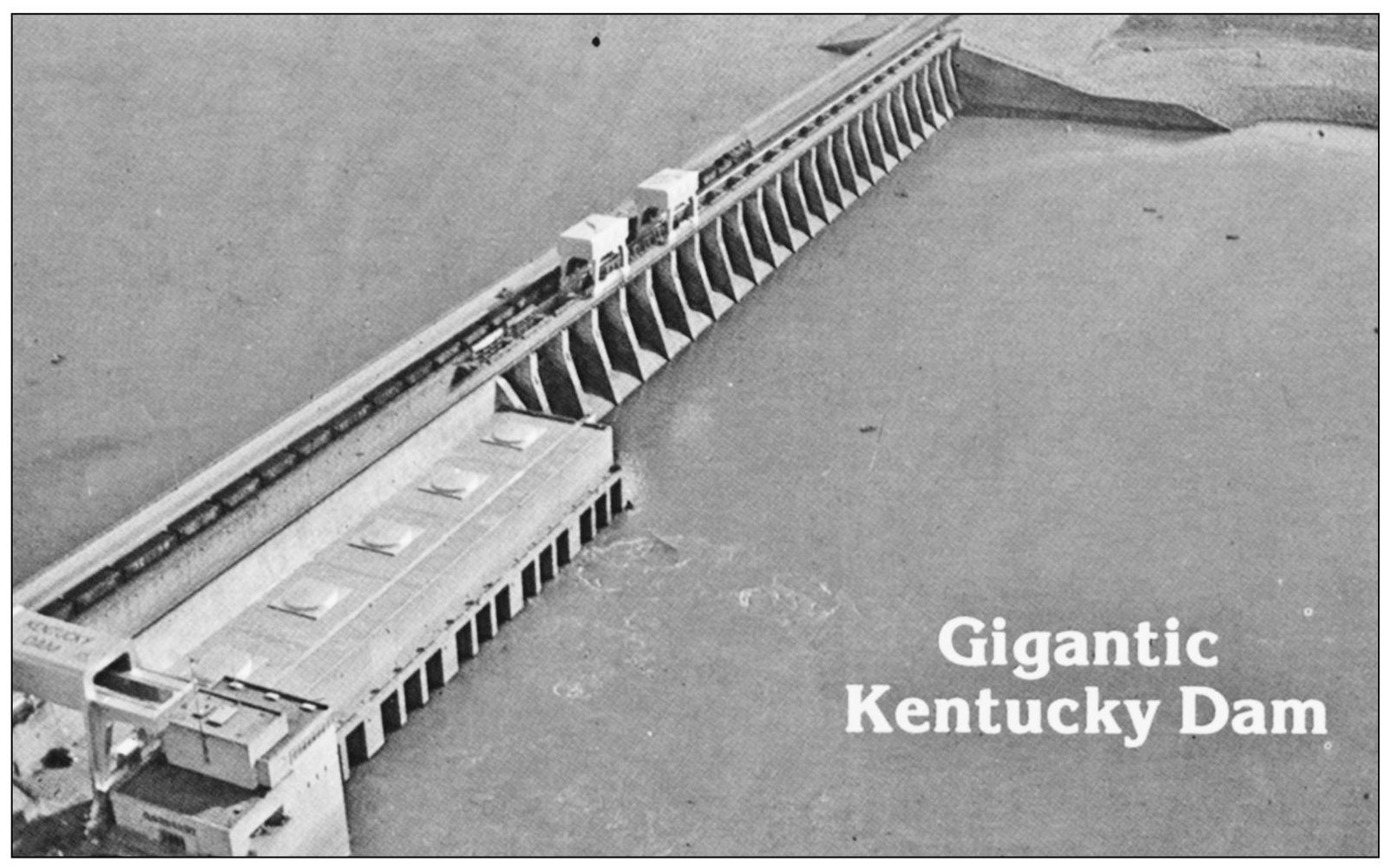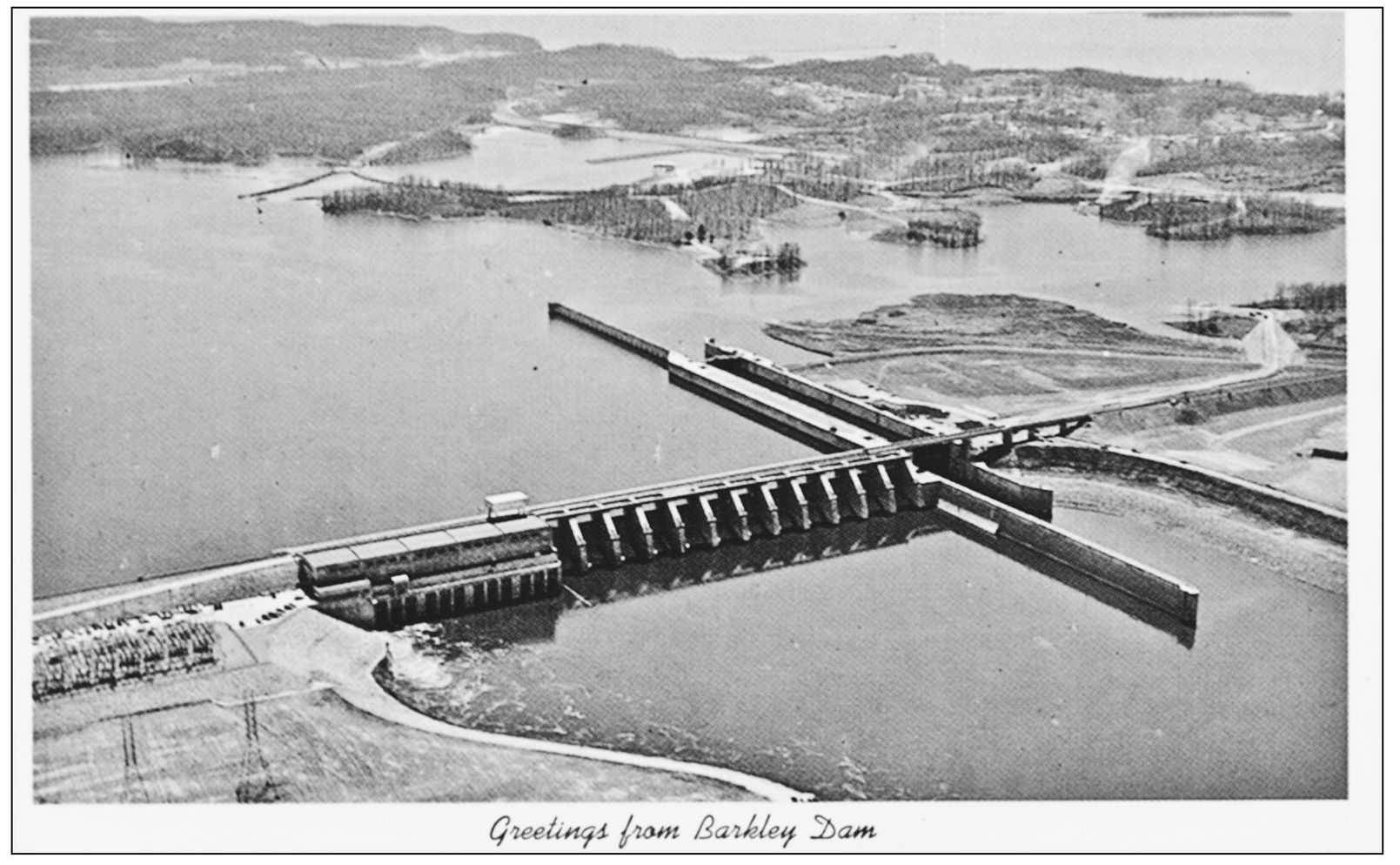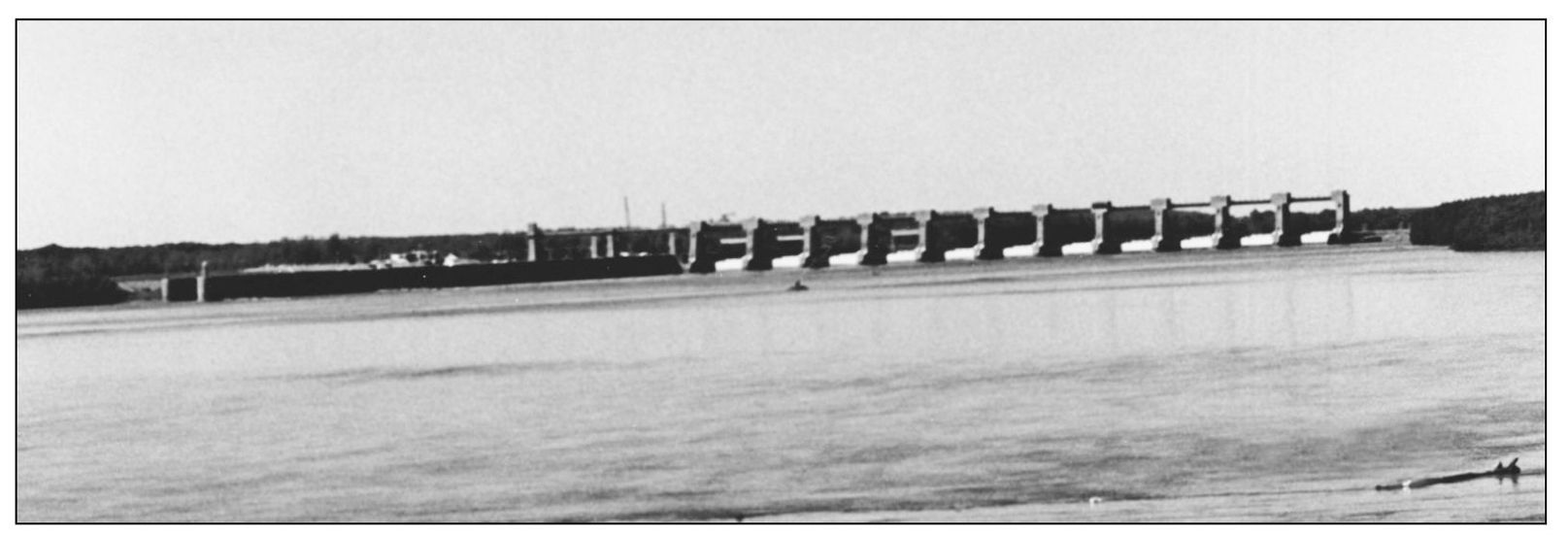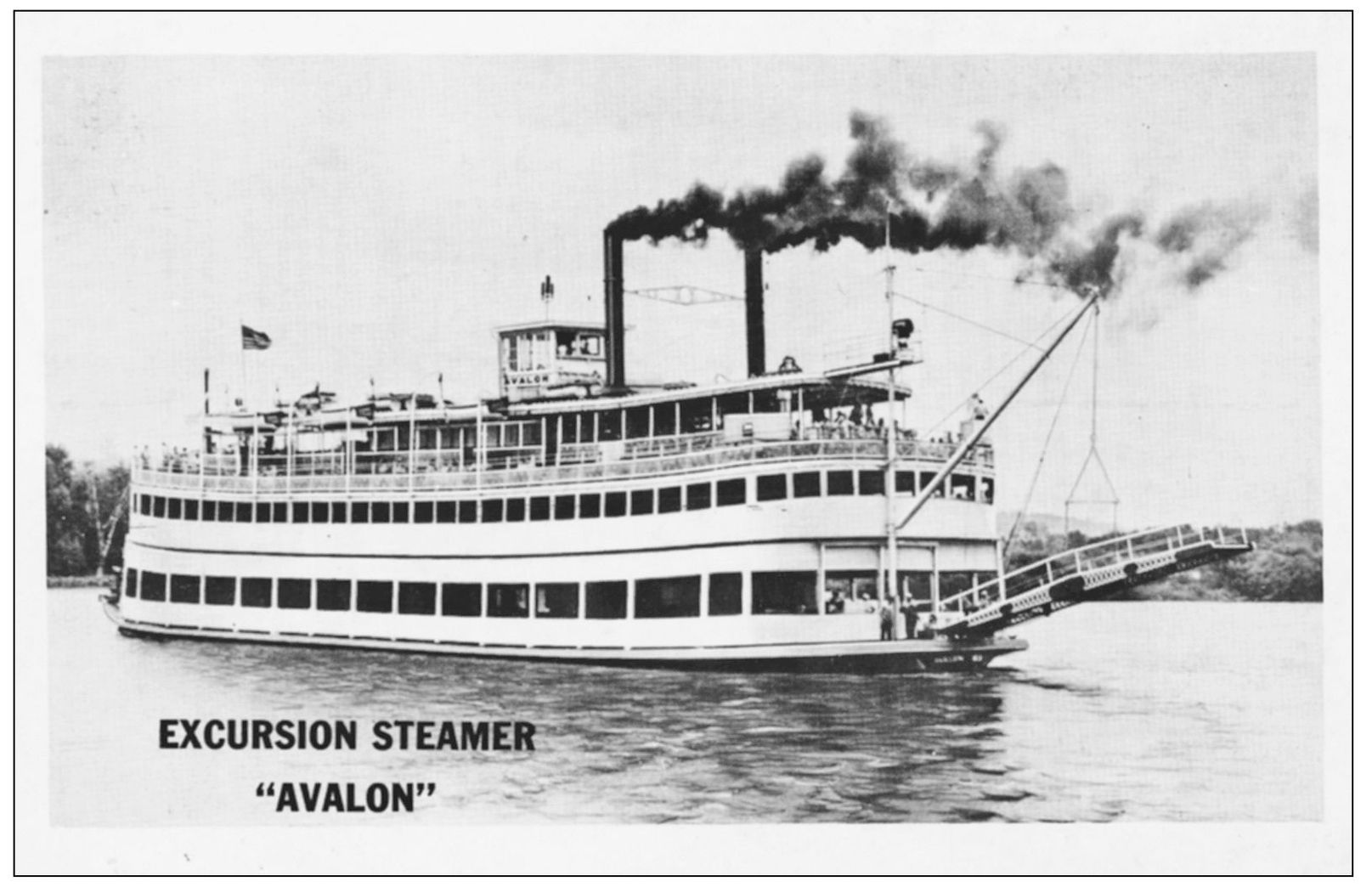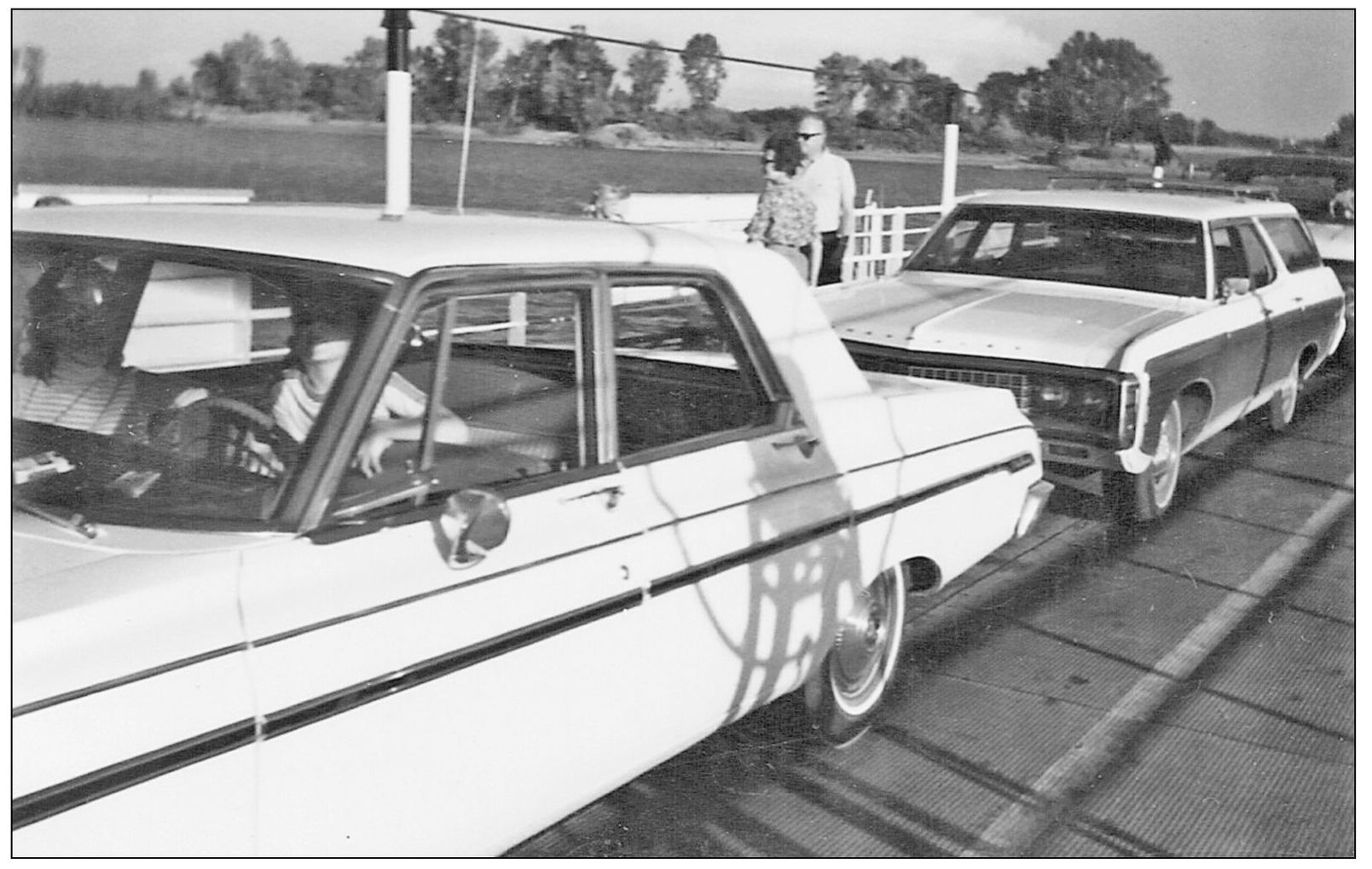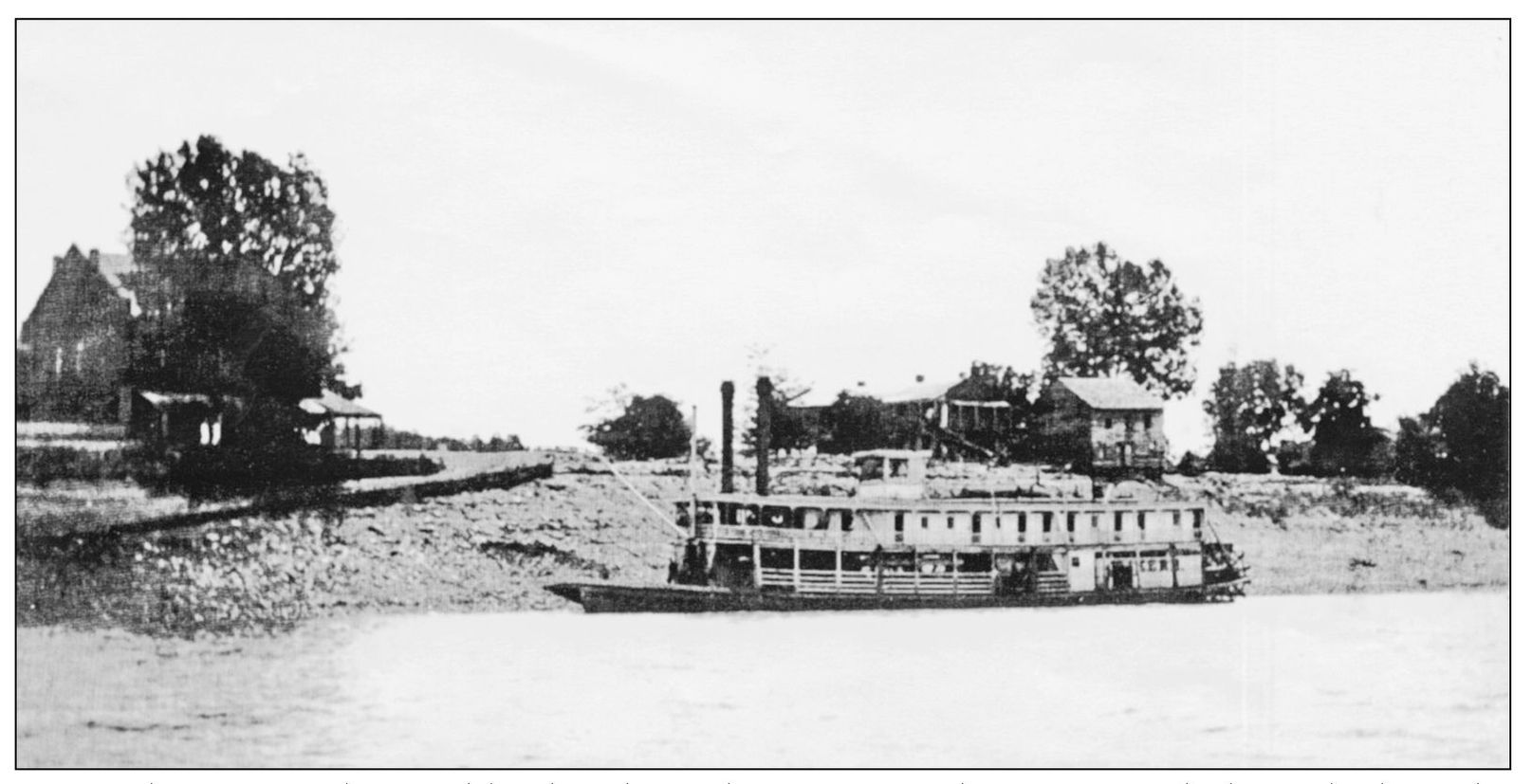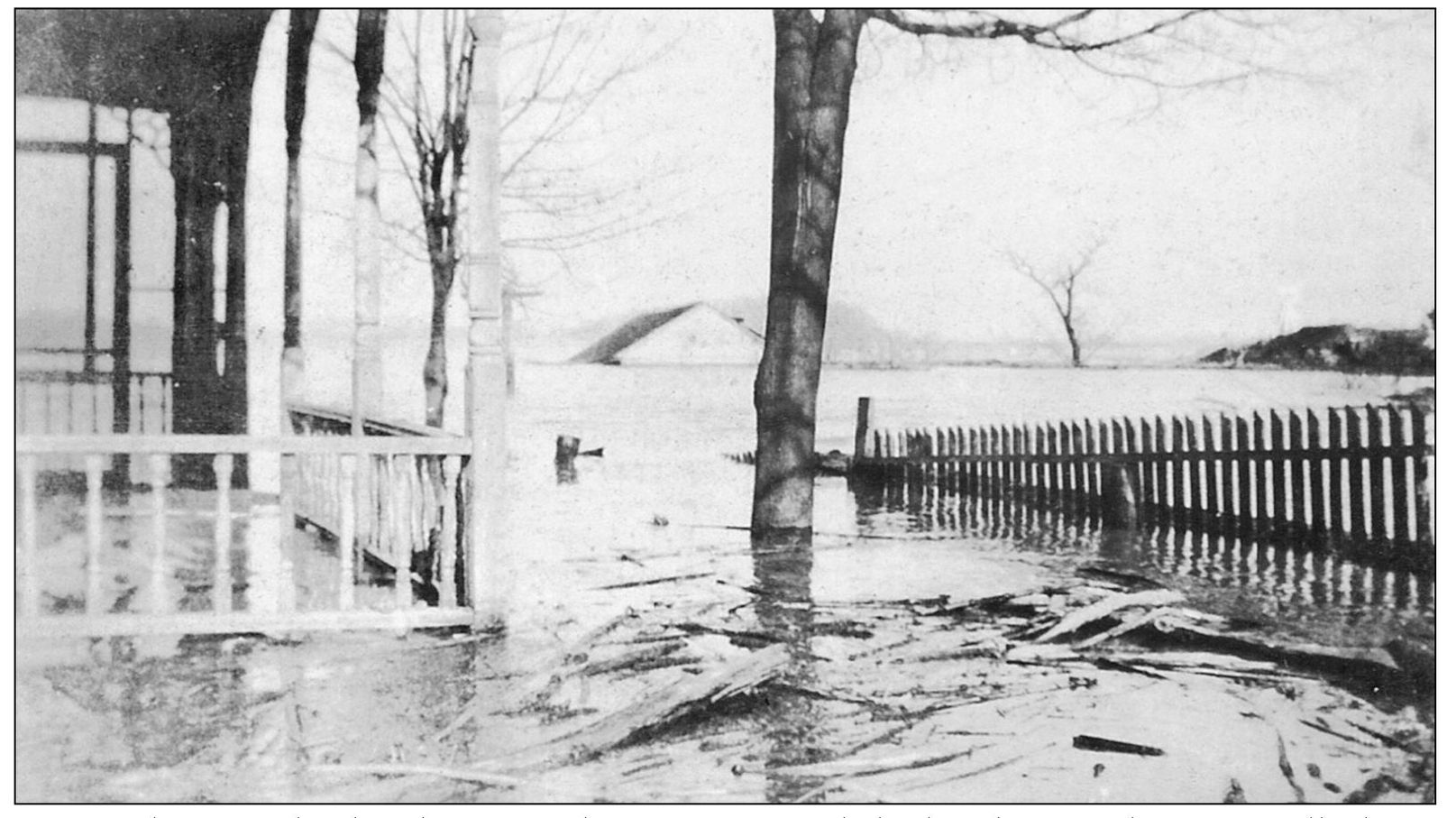ACKNOWLEDGMENTS
This book would not have been possible without the assistance of Hazel Robertson. She invited me to her home, entrusted me to use her photographs for as long as I needed, and told me stories to go with them. I hope I have used her materials to preserve the history of Livingston County as she would want it done. Unless otherwise noted, all images appearing in this book were graciously provided by Hazel Robertson.
I want to thank Todd Hansen, editor at the Livingston Ledger , who has published my history article Pathways to the Past for the last few years. This and my inspiration from God have paved the way for my research and love of history, and ultimately led to this book.
I also wish to thank the Livingston County Historical Society for allowing me free access to their photographs, especially secretary Mary Lou Smith. I am proud to be a member of this group of volunteers who have collected and maintained a vast collection of history for our region.
Thanks to my editor, Luke Cunningham, for his guidance when I needed it and to Arcadia Publishing for allowing me to share the history of our county with the whole world.
I need to thank my husband, Charles, and sons Kevin and Kendall for forgiving me for the many hours I hid out in the computer room. A special thanks to my son Dr. Tim for proofreading my book and encouraging my progress all the way from South Carolina. Also, I appreciate my grandchildren, Jonathan, Eric, and Laura, and daughter-in-law Jana for sharing my love of history and reading my collection. Lastly, I wish to thank my aunt Callie Jones for being the storyteller of the family.
Find more books like this at
www.imagesofamerica.com
Search for your hometown history, your old stomping grounds, and even your favorite sports team.
One
WATERWAYS
At the dedication of the Kentucky Dam on October 18, 1945, U.S. president Harry S. Truman and vice president Alben W. Barkley, with presidential advisors and military officers, mark a history-making day. The Kentucky Dam was built at a cost of $115 million. (Courtesy of Livingston County Historical Society.)
The Tennessee Valley Authoritys Great Kentucky Dam, across the Tennessee River in Western Kentucky, attracts many tourists to Livingston County and the surrounding counties. The dam created the Kentucky Lake, which is the largest man-made lake in the eastern United States.
This postcard shows a river packet in the lock at the Kentucky Dam. Packet boats were built at a boatyard in Smithland from 1818 through 1855. In 1834, the Smithland Dock Company was formed.
The gigantic Kentucky Dam is used by the Tennessee Valley Authority (TVA) to help control floodwaters and is a major generating plant in the TVA power system. The placement of the Kentucky Dam on the Tennessee River and the Barkley Dam on the Cumberland River directly led to the creation of Land Between the Lakes. A navigation canal located at Grand Rivers links the two lakes.
This aerial view of the Barkley Dam on the Cumberland River shows the completed project in the 1960s. It was named in honor of the late Alben W. Barkley, vice president and longtime senator from McCracken County. The impounding of Lake Barkley forced thousands of residents of river communities to relocate.
The Smithland Lock and Dam were completed in the late 1970s. It is situated on the Ohio River and can be seen from the Smithland Historic Riverfront, where the Ohio River meets the Cumberland River. Livingston County enjoys the history of having three rivers and three dams located in its boundaries.
This postcard is of the excursion steamer Avalon , which operated on the Ohio and Mississippi Rivers and their tributaries. The Avalon was sold in 1962 and became the Belle of Louisville . In 1963, it raced for the first time with the Delta Queen . They were featured each spring as part of the Kentucky Derby festivities.
In 1941, the Delta Queen was converted into a military transport carrying soldiers through San Francisco Harbor to troop ships bound for war in the Pacific. The Delta Queen was later remodeled and then embarked on many years of vacation voyages. It was designated a National Historic Landmark in 1989. The Delta Queen has stopped at the riverfront in Smithland many times and has been made available for historic tours.
Shown here is Cave-in-Rock Ferry in 1969. It still operates between Illinois and Crittenden County, Kentucky (formerly Livingston County). Ferries were vital to transportation until bridges were built in the 1930s. Livingston County has so many waterways that many ferries were always needed from the era of the Native Americans through modern times. (Courtesy of Faye Teitloff.)
A steamboat cruises by Smithland in the mid-1870s. Since there were no docks, a plank off the long bow gave passengers access to the steamboat. Some of the larger steamboats were called floating palaces and brought a welcome air of luxury for passengers. The showboats caused much excitement when a calliope was heard playing upon their arrival in the river towns. (Courtesy of Livingston County Historical Society.)
In 1937, the worst flood in the regions history was recorded. This photograph in Carrsville shows the Witherspoon Hotel on Main Street. There was also a terrible flood in 1884, with houses and businesses on Front Street in Smithland taken away by the raging floodwaters. In 1937, sidewalks and porches started disappearing over the riverbank. (Courtesy of Livingston County Historical Society.)

